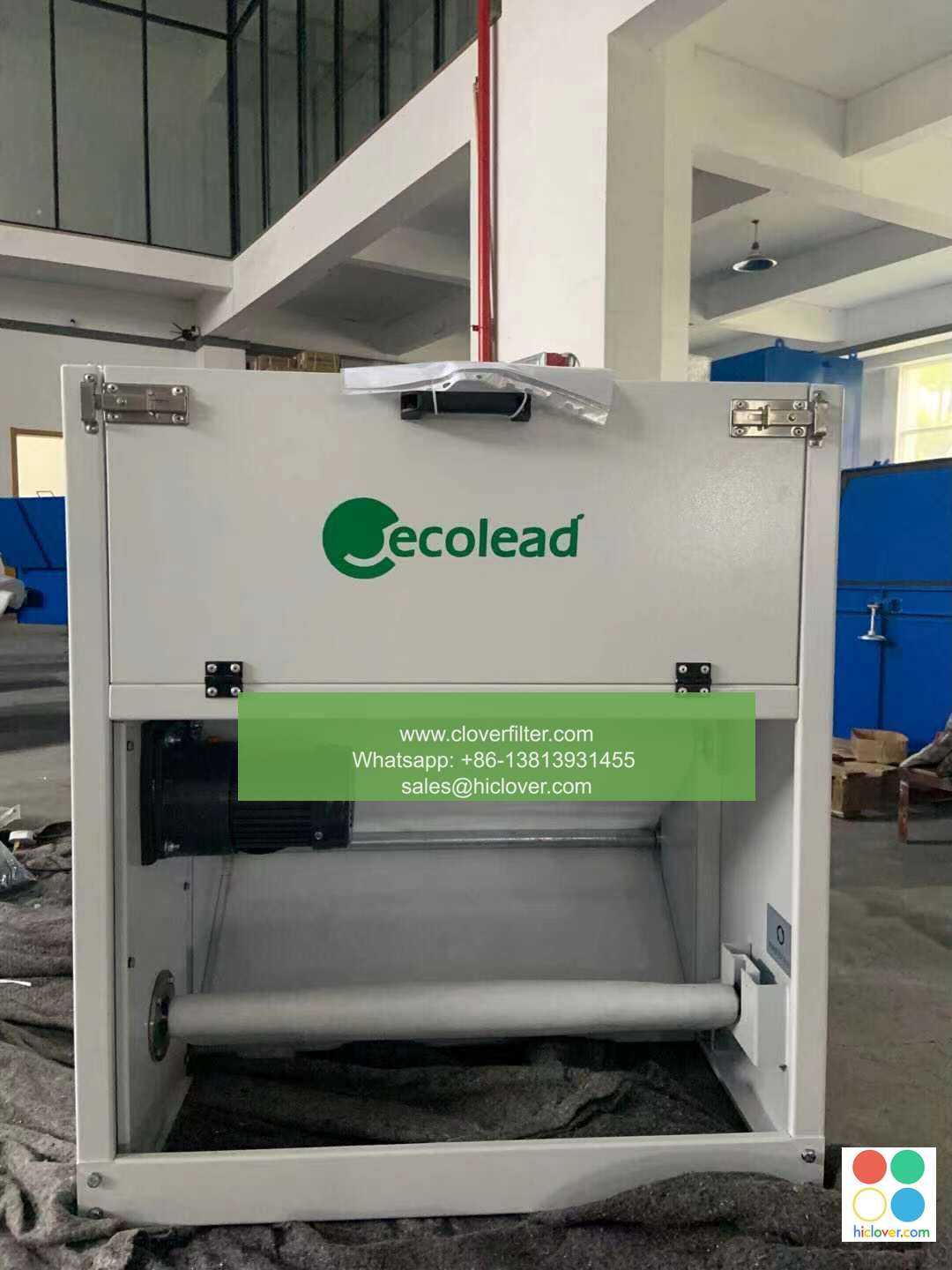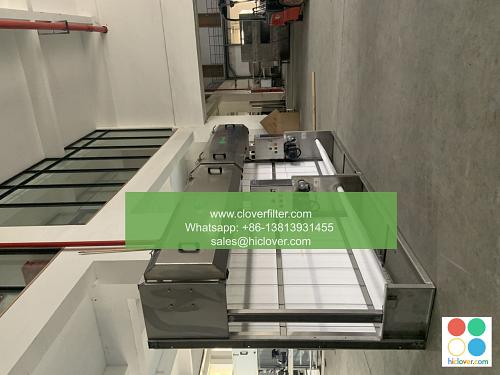Airborne Contaminants in the Education Sector: Control Strategies

The education sector is a critical area where airborne contaminants can have a significant impact on the health and well-being of students, teachers, and staff. Indoor air quality (IAQ) is a major concern in schools, universities, and other educational institutions, as poor air quality can lead to a range of health problems, including respiratory issues, allergies, and even long-term health effects. In this article, we will discuss the control strategies for airborne contaminants in the education sector, highlighting various application areas and key words such as indoor air quality monitoring, ventilation systems, and air purification technologies.
Sources of Airborne Contaminants
Airborne contaminants in the education sector can come from a variety of sources, including outdoor air pollution, indoor emissions from building materials, microbial growth in damp environments, and human activities such as cooking, cleaning, and construction. Some common airborne contaminants found in educational institutions include particulate matter (PM), nitrogen dioxide (NO2), ozone (O3), volatile organic compounds (VOCs), and bioaerosols such as mold spores and bacteria.
Control Strategies
To mitigate the risks associated with airborne contaminants, educational institutions can implement various control strategies, including:
1. Ventilation Systems
Proper ventilation systems are essential for maintaining good indoor air quality. This can include natural ventilation strategies, such as opening windows and doors, as well as mechanical ventilation systems, including heat recovery ventilation (HRV) and energy recovery ventilation (ERV) systems. These systems can help remove airborne contaminants and introduce fresh outdoor air into the building.
2. Air Purification Technologies
Air purification technologies can also be effective in removing airborne contaminants from the air. This can include high-efficiency particulate air (HEPA) filters, ultraviolet (UV) light disinfection, and photocatalytic oxidation (PCO) systems. These technologies can be integrated into portable air purifiers or central air handling units to provide whole-building air purification.
3. Indoor Air Quality Monitoring
Regular indoor air quality monitoring is crucial for identifying airborne contaminants and assessing the effectiveness of control strategies. This can include real-time monitoring of parameters such as PM, NO2, O3, and VOCs, as well as periodic sampling for bioaerosols and other contaminants.
Application Areas
The control strategies for airborne contaminants in the education sector can be applied in various areas, including:
1. Classrooms
Classrooms are a critical area where airborne contaminants can have a significant impact on student health and performance. Implementing ventilation systems and air purification technologies in classrooms can help improve indoor air quality and reduce the risks associated with airborne contaminants.
2. Laboratories
Laboratories are another area where airborne contaminants can be a major concern. Implementing fume hoods and ventilation systems can help remove hazardous chemicals and particles from the air, while air purification technologies can help remove remaining contaminants.
3. Cafeterias
Cafeterias are a common area where airborne contaminants can be generated through cooking activities. Implementing ventilation systems and air purification technologies can help remove particles and VOCs generated during cooking, while indoor air quality monitoring can help identify areas for improvement.
Conclusion
Airborne contaminants in the education sector can have a significant impact on the health and well-being of students, teachers, and staff. By implementing control strategies such as ventilation systems, air purification technologies, and indoor air quality monitoring, educational institutions can help mitigate the risks associated with airborne contaminants and create a healthier indoor environment. By highlighting various application areas and key words, this article aims to provide a comprehensive overview of the control strategies for airborne contaminants in the education sector. You haven’t asked a question or provided any context. What would you like to talk about? I can provide information, answer questions, or discuss various topics. Please provide more details so I can assist you better.

